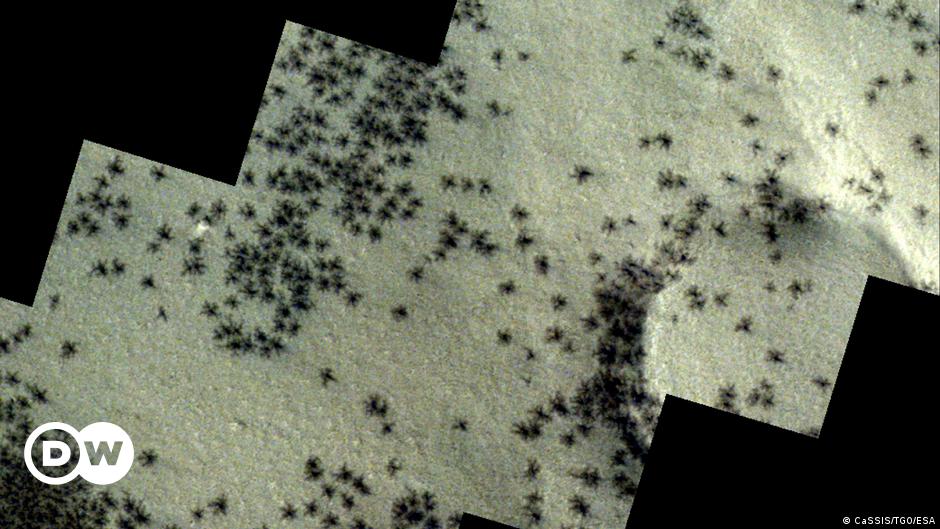space telescope mosques web, a revolution in observing the universe that astronomers around the world have been waiting for for thirty years, successfully took off on Saturday at 12:20 GMT aboard an Ariane 5 rocket.
“Good Webb Telescope, Go WebbJean-Luc Foer announced from the Kourou space base (French Guiana). The top of the Ariane rocket launched the telescope after 27 minutes of flight, which will now take a month to reach the observation point.
What is James Webb?
The largest telescope sent into space will orbit the Sun 1.5 million kilometers from Earth with an ambitious mission to answer two fundamental questions for humanity: Where did we come from? Are we alone in the universe?
Its strength should allow it to scrutinize until the “cosmic dawn,” the moment when the first galaxies began to illuminate the universe after the Big Bang, 13.8 billion years ago.
It should also help understand the formation of stars and galaxies, and keep an eye on exoplanets so astronomers discover more of them and, eventually, can learn about others like Earth in the future.
James Webb will follow in the footsteps of the Hubble telescopethat revolutionized the observation of the universe. Thanks to him, scientists discovered the presence of a black hole in the center of all galaxies or water vapor around the outer planets.
How is the telescope
Conceived by NASA after the Hubble launch in 1990 and built from 2003, in collaboration with the European Space Agencies ESA and Canada’s CSA, mosques web It is distinguished in more than one field.
The size of its mirror, with a diameter of 6.5 meters, gives it three times more surface area and seven times greater sensitivity, enough to detect the thermal signal of a bumblebee on the moon.
Another difference is their observation method. Hubble examines space through visible light, but mosques web It ventures the amplitude of the wave that escapes the human eye: the near and mid-infrared, which are radiation emitted naturally by all kinds of objects, from stars to humans or flowers.
This light will be studied by four instruments equipped with image processors and spectrometers to better dissect it. Its development mobilized many engineers and scientists led by American and European laboratories and industrialists.
Thanks to this, “by looking at the same objects (as with Hubble), we will see new things,” explained in Paris astronomer Pierre Ferrouette, one of the scientists responsible for the telescope at the European Space Agency.
Among them are the first galaxies, which are objects whose receding causes their light to turn red. Or colonies of young, growing stars camouflaged by clouds of dust. Or even the atmosphere of exoplanets.
A prerequisite for proper functioning mosques web It is such a low ambient temperature that it does not complicate the examination of the light.
If the new telescope is orbiting 600 km from Earth like Hubble, it will be unusable, and it will be heated by the sun and its reflection on the Earth and the moon.
For this reason, he has already embarked on a journey to 1.5 million kilometers from our planet, protected from solar radiation by a heat shield that dissipates heat and reduces the temperature (80 ° C) to -233 ° C.
difficult spread
But before getting there, the machine must be deployed without failure, with a series of operations that includes, for example, 140 opening mechanisms, 400 reels and nearly 400 meters of cable just for the protective shield.
The 12-meter telescope with a canopy the size of a tennis court must be folded up to be placed on the Ariane 5 spacecraft.
The encapsulation was done with laser guidance to avoid any damage to the instrument, which cost nearly $10 billion to develop.
During these maneuvers, NASA enforced extreme cleaning procedures to avoid any contamination of the telescope mirror, by particles or simply the operator’s breath.
Additionally, Ariane’s dust jacket is fitted with a dedicated decompression system to prevent a pressure change from damaging the telescope as it separates from the shuttle, at an altitude of 120 km.
It will take weeks to see if the telescope is ready for launch. And your exploration of the outer reaches of space won’t begin until June.


:quality(85)/cloudfront-us-east-1.images.arcpublishing.com/infobae/MNC54VXNEZFZRNQPRR5NB7S774.jpg)


:quality(85)/cloudfront-us-east-1.images.arcpublishing.com/infobae/76Q3V4IS6W7CAP5TT6MVJGCHMQ.jpg)